The Importance Of Sunlight For Houseplants
When we fill our homes with houseplants, it can be tempting to place them in every corner and on top of every shelf available. To grow houseplants successfully, however, we must take into consideration where these plants are coming from, how they grow best, and what we can provide them so that our plants don't only survive but thrive. One of the best ways to keep our houseplants happy and healthy is by providing them the proper lighting. Without this, we risk damaging a plant’s leaves, limiting their ability to grow, or causing them an untimely death.
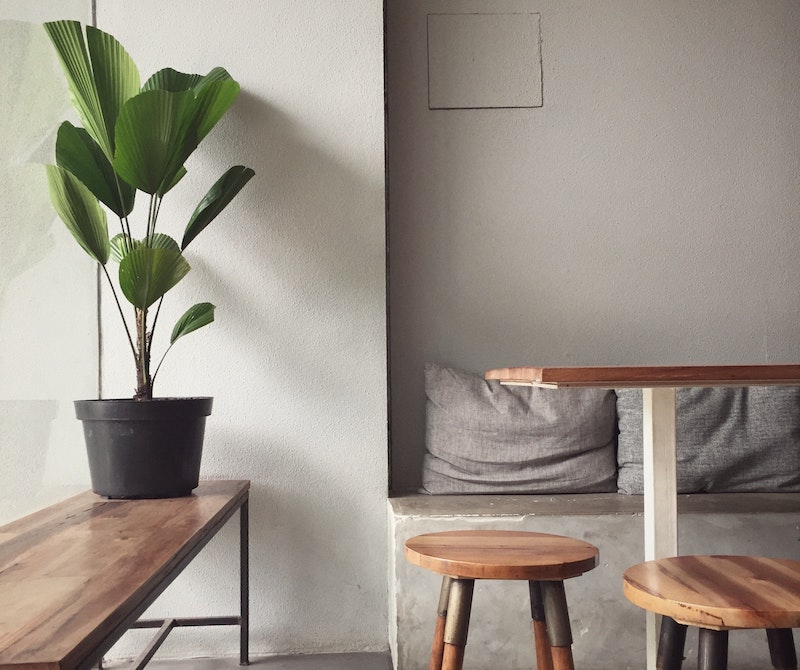
When lighting is discussed in terms of houseplants, window direction is often the best way to describe the different types of lighting. If windows are obstructed by trees, covered with curtains, or if there are other houseplants in the way, their light availability may be different than described, regardless of the direction they face. For the purposes of this guide, light offered from each direction (NSEW) is described in terms of the northern hemisphere.
The two main lighting categories used for all plants are direct and indirect light (called “sun” and “shade” for outdoor plants). Houseplant lighting recommendations are then broken up into three other categories: bright light, medium light, and low light. Many of these categories overlap and can change throughout the year as the sun moves from south to north and back again. Here is a helpful illustration of the different types of indoor light.
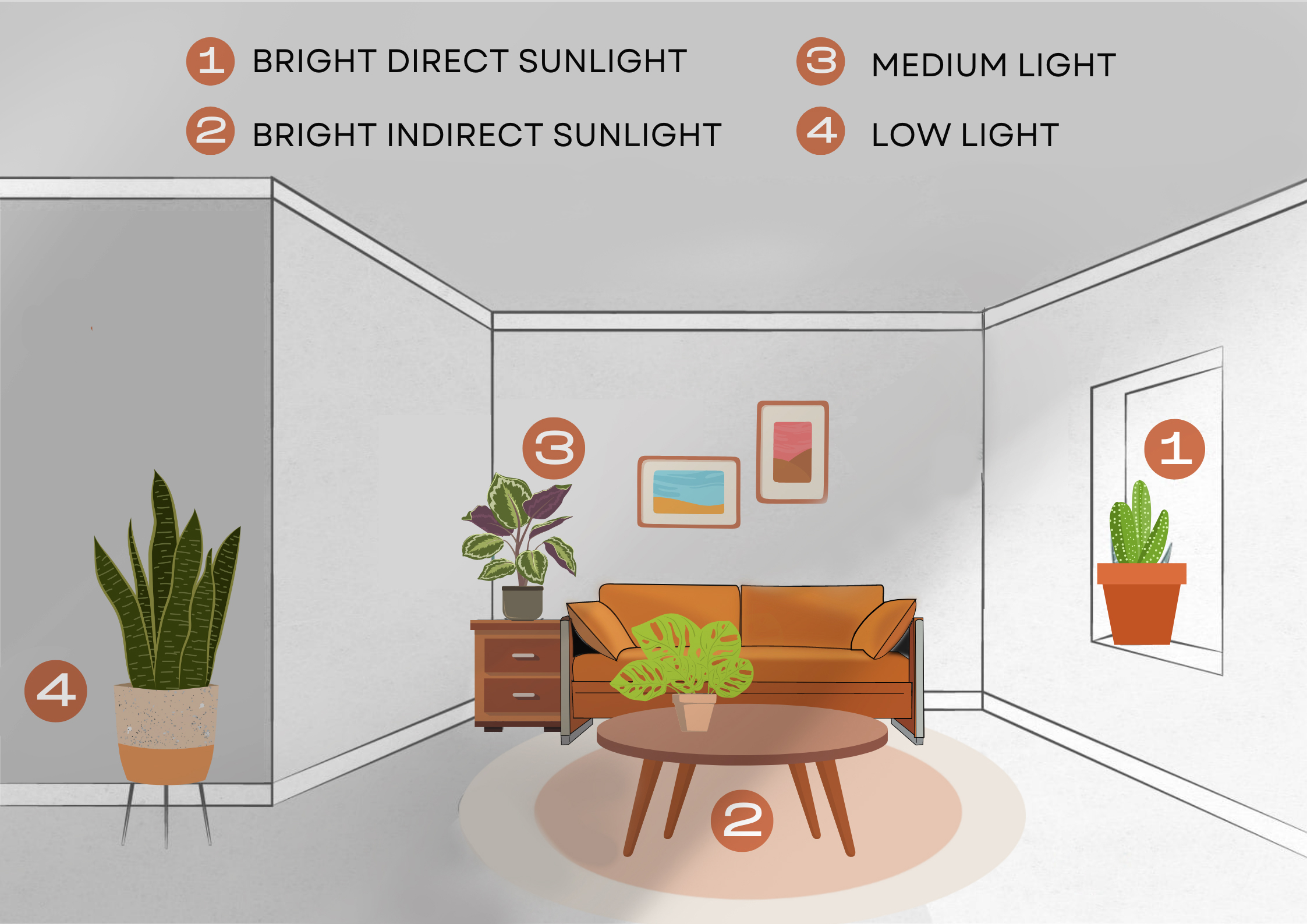
Direct vs Indirect Sunlight
The broadest and easiest-to-define categories of lighting are direct and indirect light. Like the word suggests, direct light is when the sun’s rays make a straight path to touch the leaves of a plant. Plants that require bright direct light, often labeled “bright light”, can handle the heat and intensity of the sun, often needing the brightest light available in order to grow, maintain their shape, and even bloom. Not all direct light is created equal, however. Direct morning light, like that found entering an east-facing window, is less intense than that found in the afternoon, coming through a west-facing window. South-facing windows also provide direct light since sunlight will often come through that window all day, depending on the time of year.

When a plant’s care instructions indicate bright indirect light, this refers to light that is generally bright but does not take a direct path to the plant, i.e., the light bounces off another object before it hits the plant’s leaves. This type of light is meant to mimic the lighting found at ground level beneath the canopy of tropical rainforests, where many houseplants can be found in their natural environment. Plants that are placed in an east-facing window receive some direct light in the morning, but are mostly in indirect, bright light throughout the day. When plants are placed near a south- or west-facing window, just outside of the direct light zone, they are receiving bright indirect light.
What Does Medium Light Mean?
Also falling into the indirect light category is medium light. A plant in a spot with medium light will never receive direct sunlight; the light is first diffused or filtered by another object, such as a tree or curtain. Medium light can be found within a bright room but farther away from a window. Depending on the region or time of year, the spot in front of a north-facing window is sometimes categorized as medium light, with only filtered or diffused sunlight entering the window throughout the day. Plants that tolerate medium light are those that are often burned by direct sunlight or perhaps lose their leaf color when in bright light. Some plants that need bright indirect light can tolerate medium light, but not always.
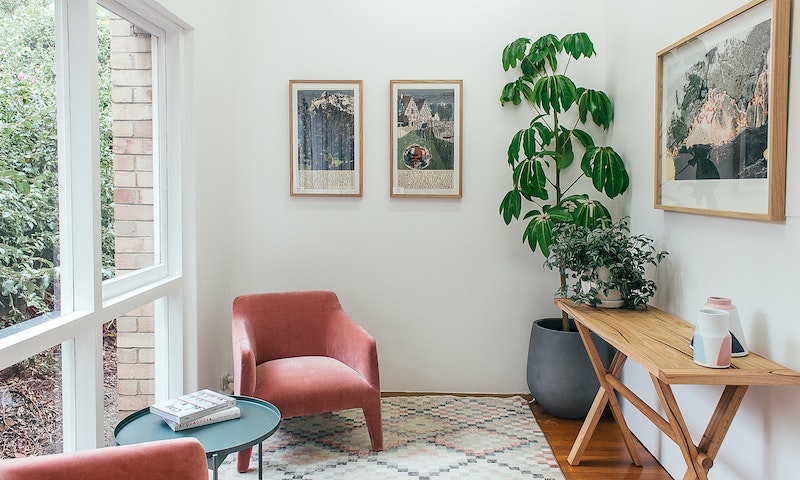
What Does Low Light Mean?
The last type of lighting is low light. This lighting is found far away from a bright window, within a room with a north-facing window, or in a room without windows but consistent overhead lighting. There are few plants able to truly thrive and grow in low light. There are low light-tolerant plants, however, which are able to use minimal natural light or artificial light to perform the tasks needed to survive. Low light does not mean no light, however, as all plants will eventually meet their demise without light. Luckily, we have come far in developing artificial light to supplement sunlight, with grow lights and lightbulbs blending into home decor seamlessly.
Which Direction Does Your Room or Window Face
South-facing window: These windows are often considered the brightest, providing bright direct to bright indirect light throughout the day. Depending on the time of year, light that enters south-facing windows can be intense, ideal for succulents and cacti, but burning the leaves of more sensitive plants. The area around a south-facing window is bright indirect light, and fades to medium then low light the farther away you get.
North-facing window: Because no direct light enters these windows, they offer medium light. The area immediately surrounding a north-facing window can be medium to low light, often depending on the time of year.
East-facing window: Receiving direct morning light and indirect afternoon light, the spot directly in front of east-facing windows is usually categorized as bright indirect light. The area around these windows tends to provide medium light, moving into low light farther away.
West-facing window: These windows are the second brightest, allowing in afternoon sunlight. Directly in front of a west-facing window provides ample direct sunlight, which can be too intense for some houseplants. The area around a west-facing window but outside of direct light is considered bright indirect light, moving into medium and then low light less quickly than an east-facing window.
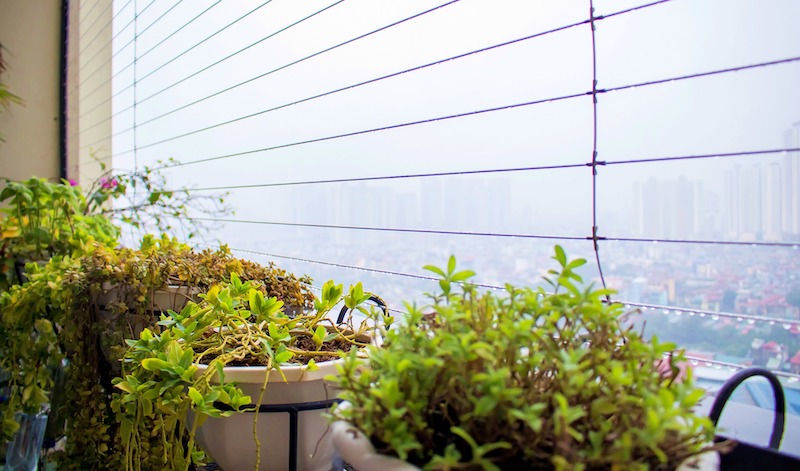
Measuring Your Indoor Light
There are a few more technical ways to measure the brightness, or light intensity, within your home. Because light moves throughout the day, you will want to test lighting at different times in the day to get a better idea of how much light is truly available to plants. Additionally, take note of anything that could be blocking windows: trees leaf out in the spring, eaves and awnings cast shadows, some houses are built close together, etc.
Shadow Test: When a plant is placed in direct sunlight, it will create a shadow with crisp, sharp lines. The farther you move away from a light source, the duller those shadow lines become. If the shadow cast by your plant is crisp, it is likely in bright direct to bright indirect light. If the line is slightly blurred but the shape of the leaf is still clear, it is in medium light. If the shadow is barely visible and blurry or if there is no shadow at all, the plant is in low light.
Light Meter: Available as phone apps or as physical instruments purchased online or at a garden center, light meters are a more accurate way to determine what kind of light you are working with. Light intensity or brightness is measured either by footcandles (FC) or lux, and 1 lux = 0.0929 FC. To use a light meter, hold your phone or the instrument just above a leaf and face it toward the light source.
Low Light: 50-250 FC
Medium Light: 250-1000 FC
Bright Indirect Light: 1000-2000 FC
Bright Direct Light: 2000-5000 FC

How To Tell If Your Plant Is Getting Too Much Sunlight
Many of the plants used today as houseplants are coming from tropical locations, found on forest floors and beneath dense tree canopies where they are mostly protected from direct sunlight. In addition, many houseplants are grown indoors or in greenhouses and never exposed to intense sunlight. For this reason, some plants are not equipped to handle certain light levels, and just like humans, they can get sunburned. Sunburn may appear as dusty brown to pale white spots or streaks as the plant cells become bleached and die. In severe sunburn cases, an entire plant can collapse and whither away.
How To Tell If Your Plant Is Getting Too Little Sunlight
Some signs that a plant is not getting enough light include a lack of new growth, leaves that are losing color and becoming pale, stretching toward a light source (called etiolation), leaf drop, loss of variegation, and a lack of blooms for those plants that can bloom indoors.
Lack of new growth: Even indoors, plants should be producing new growth in the spring and summer. If you have not seen new growth in a plant during this time, it may need more sunlight.
Losing color: When plants are deprived of light, their leaves lose their chlorophyll, which is the pigment that gives plants their green color. A lack of chlorophyll means that a plant will not be able to absorb energy from the sun, therefore losing its ability to make food for itself and grow.
Stretching (etiolation): Plants that reach toward a light source may be doing so in an attempt to get as much light as possible. This is especially noticeable in succulents, when the space between their leaves (internodes) stretch sometimes inches longer than they should.
Leaf drop: In an attempt to reserve as much energy as possible, plants will drop their lower and most shaded leaves when they are unable to access light. In addition, a lack of light may lead to root issues when a plant is not able to absorb water from damp soil fast enough, resulting in leaf drop.
No blooms: Though blooming houseplants are somewhat uncommon, those that are known to bloom indoors may not when they are in lower light. Some indoor blooming plants include certain succulents and cacti, Hoya, Aphelandra, African Violet, Bromeliads, and more.
Supplementing Light With Grow Lights
Grow lights have come a long way in recent years with more aesthetically pleasing options available. In addition, grow lights can be found as standalone light bulbs where they can be placed in regular light fixtures. When choosing a grow light, it is important to find something that is made for growing plants and will provide the right light spectrum for your plants. Remember that supplemental lighting is just that: supplemental. Not all plants will thrive in artificial light alone.
Are There Houseplants That Don’t Need Any light?
While no houseplant can grow in total darkness, there are a select few that can survive in minimal light. The reason you find some varieties of Pothos, Dracaena, ZZ, and Sansevieria plants in windowless offices, indoor malls, and hotels is because they can get enough energy from artificial, often fluorescent, light to perform the tasks they need to survive. Limited light will limit the life of these plants, however, and only certain (usually all green) varieties will work.
Lighting is important because it will help you determine how much to water your plant, how quickly it will grow, how long it will live, etc. Before choosing a plant to bring home, take some time to become acquainted with your space, pay attention to what the light does throughout the day, and research plant varieties to better understand what they need to thrive.
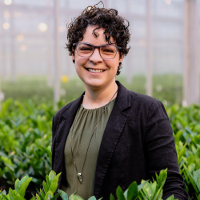 |
Author Lynn Gusman - Published 10-18-2022 |
